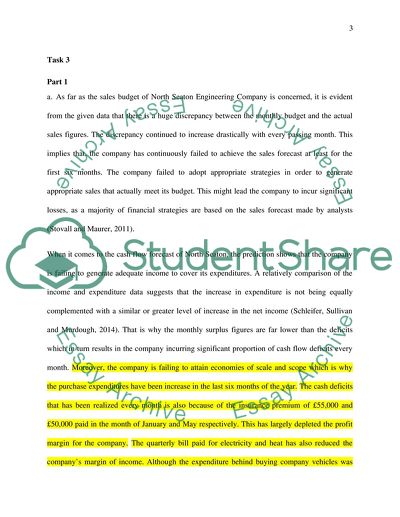Cite this document
(“Managing Finance Resources and Decisions subject Assignment - 1”, n.d.)
Managing Finance Resources and Decisions subject Assignment - 1. Retrieved from https://studentshare.org/finance-accounting/1655038-managing-finance-resources-and-decisions-subject
Managing Finance Resources and Decisions subject Assignment - 1. Retrieved from https://studentshare.org/finance-accounting/1655038-managing-finance-resources-and-decisions-subject
(Managing Finance Resources and Decisions Subject Assignment - 1)
Managing Finance Resources and Decisions Subject Assignment - 1. https://studentshare.org/finance-accounting/1655038-managing-finance-resources-and-decisions-subject.
Managing Finance Resources and Decisions Subject Assignment - 1. https://studentshare.org/finance-accounting/1655038-managing-finance-resources-and-decisions-subject.
“Managing Finance Resources and Decisions Subject Assignment - 1”, n.d. https://studentshare.org/finance-accounting/1655038-managing-finance-resources-and-decisions-subject.


